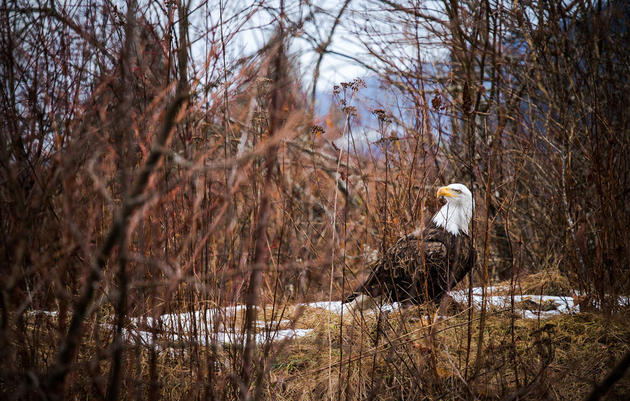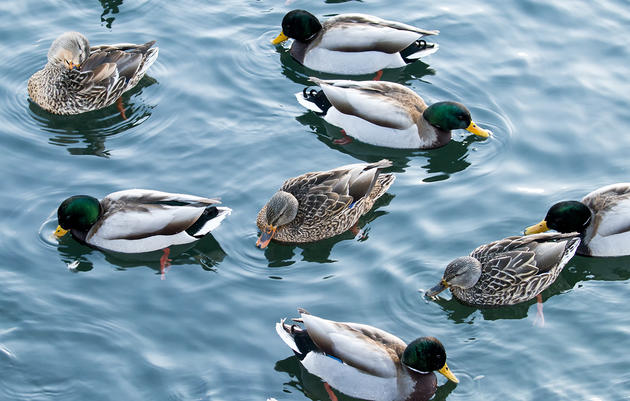Attend your local hearing in Rochester or virtually to learn more about the development of the Action Plan for the Great Lakes Restoration Initiative. Sample talking points for attendees are included below!
The US EPA is in the process of crafting a new plan for how it will prioritize federal Great Lakes restoration and protection investments. Over the last thirteen years, the US Congress has invested over $3.8 billion in more than 7,000 projects as part of the Great Lakes Restoration Initiative. Restoration projects in Minnesota, Wisconsin, Illinois, Indiana, Michigan, Ohio, Pennsylvania, and New York are helping to restore fish and wildlife habitat, clean up toxic pollution, reduce polluted runoff from cities and farms, and fight invasive species.
Over the summer, the EPA will be taking public input on how to shape the next plan, known as Great Lakes Action Plan IV, which will guide restoration efforts from 2025 to 2029. For this action plan, the EPA is asking for input and perspectives on the following questions:
- How can the plan be improved over previous GLRI action plans?
- What key priorities should be included in the plan?
- How can the plan be improved to better incorporate environmental justice and the impacts of climate change?
You can learn more about Action Plan IV and speak to EPA staff at your local hearing. At each session, the agency will provide an overview of the GLRI and the purpose of the action plan, and then give participants an opportunity to ask questions and speak with staff who work on each of the priority areas included in the action plan – including toxic substances and Areas of Concern, invasive species, nonpoint source pollution impacts on nearshore health, habitat restoration and native species, and foundations for future restoration actions.
Attend your local public hearing:
Wednesday, July 19 in Rochester, NY
6 pm – 8 pm EDT
Rochester Museum & Science Center
657 East Avenue
Rochester, New York 14607
Wednesday, August 23 - Virtual Session
5 pm – 7pm CDT
Register here!
Here are some sample talking points you can use if you attend the hearing.
Topline Messages
- Great Lakes restoration and protection efforts are important to me, my community, and my organization. (Provide example)
- The action plan should strengthen stakeholder equity by providing additional guidance and support for including environmental justice communities and indigenous nations in decision-making and remediation efforts.
- The action plan should incorporate traditional ecological knowledge into educational materials, progress metrics, and decision-making processes.
- The action plan should help support long-term coastal resilience planning that prioritizes the use of nature-based solutions and minimizes the use of hard or grey infrastructure.
- The action plan should support riparian canopy restoration and other habitat restoration in and around historically underserved communities, including tribal lands or lands that support traditional activities, and intentionally include Tribes and other stakeholders historically left out of these planning decisions.
- Future restoration actions need to explicitly address climate change, environmental and economic justice, inclusion and use of traditional ecological knowledge, and strategies to support greater equity.
Talking Points by Focus Area
- Great Lakes restoration and protection efforts are important to me, my community, and my organization. (Provide example)
- Focus Area 1: Toxic Substances and Areas of Concern
- The action plan should guide states on how to ensure public advisory councils fairly represent communities impacted by Areas of Concerns, including stipends for participation from environmental justice communities and how to incorporate and use traditional ecological knowledge where applicable.
- The action plan should support the development of opportunities for community members impacted by Areas of Concern to work on remediating them and on beneficial use projects in their community.
- The EPA should provide additional funds in contracts for job training and apprenticeship programs for underserved communities within Areas of Concern.
- Educational information on the risks and benefits of consuming Great Lakes fish, wildlife, and harvested plant resources should incorporate traditional ecological knowledge in materials disseminated to the public and in-person or virtual education opportunities.
- Focus Area 2: Invasive Species
- Local governments and nongovernmental organizations should be included in efforts to conduct early detection, surveillance, and rapid response actions or exercises focused on preventing the introduction of new invasive species.
- The action plan should incorporate traditional ecological knowledge measurements into the development of innovative invasive species control monitoring, technologies, and methods.
- Focus Area 3: Nonpoint Source Pollution Impacts on Nearshore Health
- The action plan should support the establishment of collaboratives to connect upstream and downstream communities to craft cost-effective prevention-oriented solutions that reduce nutrient loads from agricultural lands.
- The action plan should support the implementation of watershed management projects in urban and rural communities to reduce runoff, flooding, and erosion, as well as projects that have multiple community benefits as identified by communities impacted by flooding and pollution.
- Working through existing efforts such as NRCS's Regional Conservation Partnership Program, GLWQA Annex 4, and other programs, the action plan should establish watershed-based water quality measures of progress for reducing nonpoint nutrient inputs. The action plan should also support innovative, performance-based approaches and projects through adaptive management to meet watershed-based water quality measures of progress.
- The action plan should support asset inventory of shoreline structures and adaptive approaches on a jurisdiction-by-jurisdiction basis. Adaptive approaches include but are not limited to public shoreline acquisition; nature-based shoreline features; artificial reefs; structure removal, retrofitting, and replacements that advance ecological integrity in addition to erosion minimization.
- The EPA should coordinate with other agencies/programs to advance long-term coastal resilience and ecological integrity, including coordination with state coastal management programs through NOAA. The EPA should also establish collaborations to connect shoreline communities and craft collective solutions for coastal resilience.
- Focus Area 4: Habitat Restoration and Native Species
- The action plan should identify national, state, municipal, and tribal lands for riparian canopy restoration to offset warming waterways and prevent the warming of cold water fisheries.
- The action plan should identify and protect habitat that supports tribal fishing, hunting, and gathering.
- The action plan should support habitat restoration and protection in and around historically underserved communities, including supporting collaboration between nongovernmental conservation organizations, metropolitan planning organizations, and local interests to inventory areas with optimum habitat, flood mitigation, and GHG sequestration potential.
- The action plan should identify areas in lakes where focused interdisciplinary research and adaptive management can be applied to improve offshore native fish populations.
- Focus Area 5: Foundations for Future Restoration Actions
- The action plan should integrate traditional ecological knowledge and climate and economic justice screening tools into the GLRI adaptive management process for decision making
- The action plan should integrate environmental justice practices into GLRI-related programs to improve the health and environment of overburdened communities.
- The action plan should promote the use of decision support tools for identifying and prioritizing environmental concerns, assessing cumulative impacts, and evaluating mitigation options.
- The action plan should continue to support federally recognized tribes through the Distinct Tribal Program.
- The action plan should support collaboratives to expand GLRI's positive impact within historically underserved communities and support for peer-to-peer and multi-sector (e.g., academia, business, agencies, foundations) learning to identify environmental justice capacity building.
Comments or questions can also be shared with EPA by emailing GLRIActionPlanIV@epa.gov
Audubon, including the local Audubon chapter in the Rochester area, Genesee Valley Audubon Society, is part of the Healing Our Waters Coalition.







